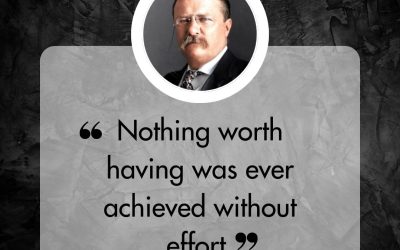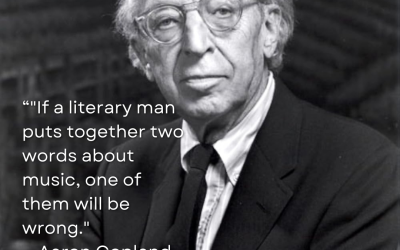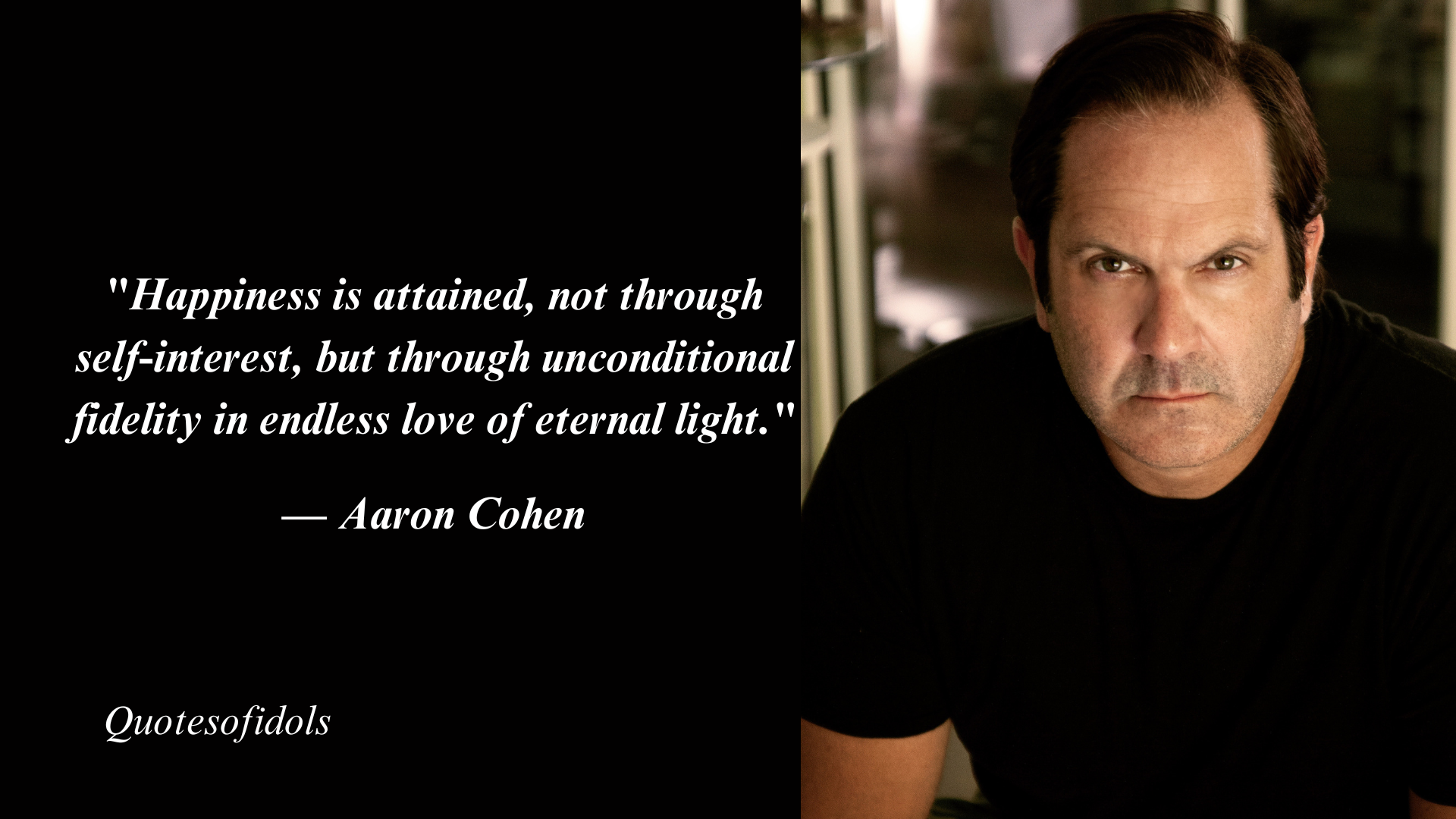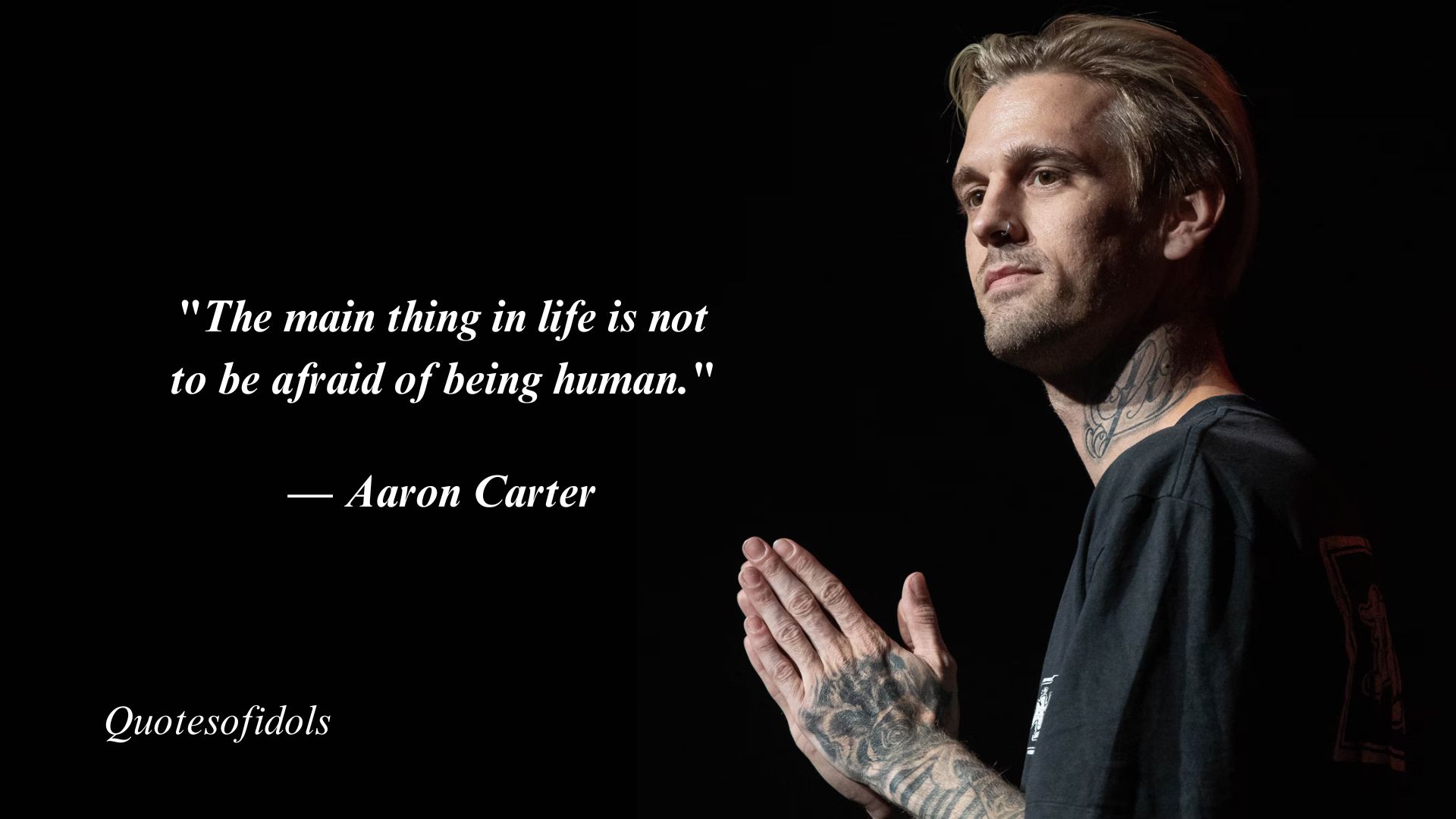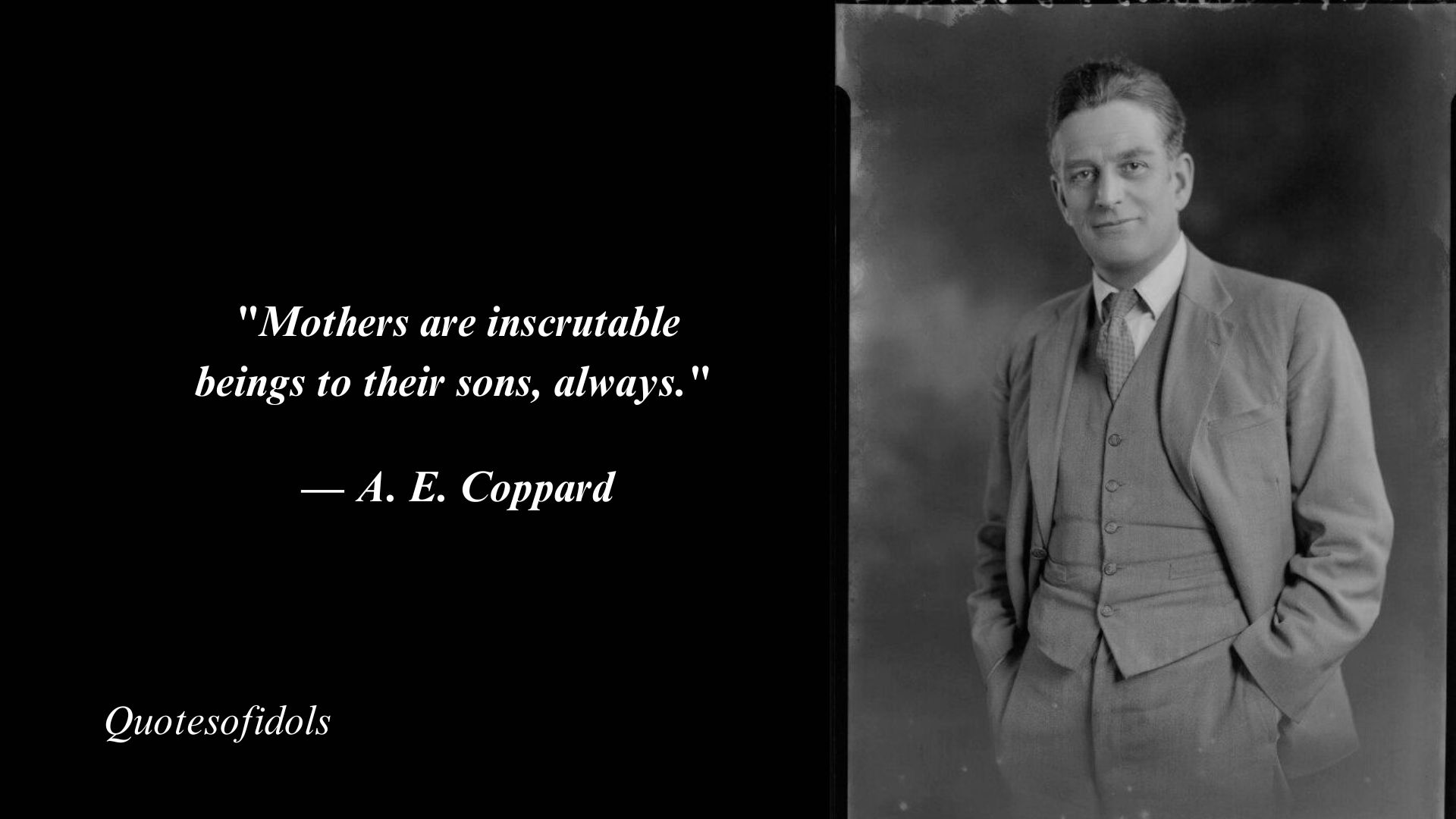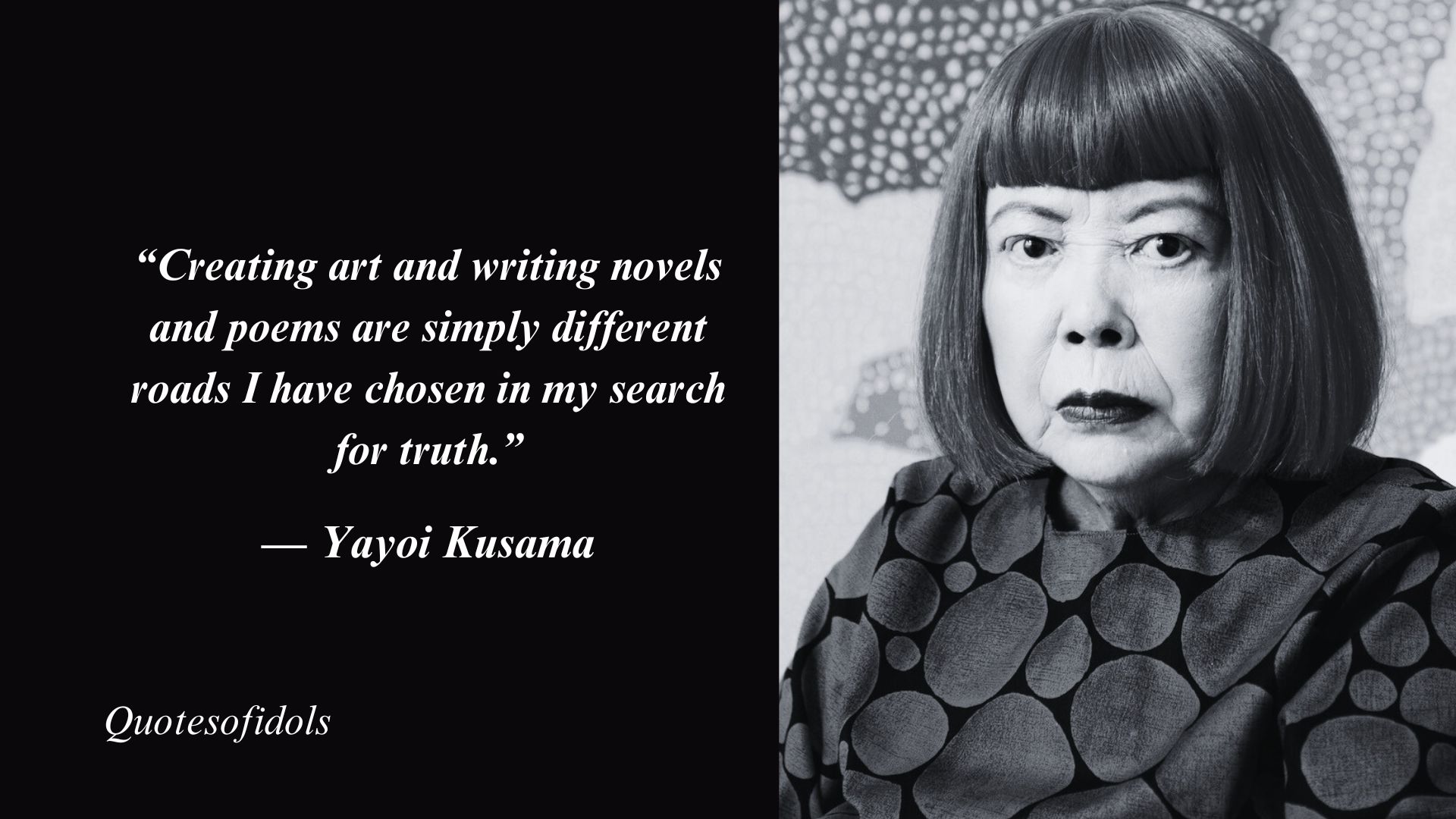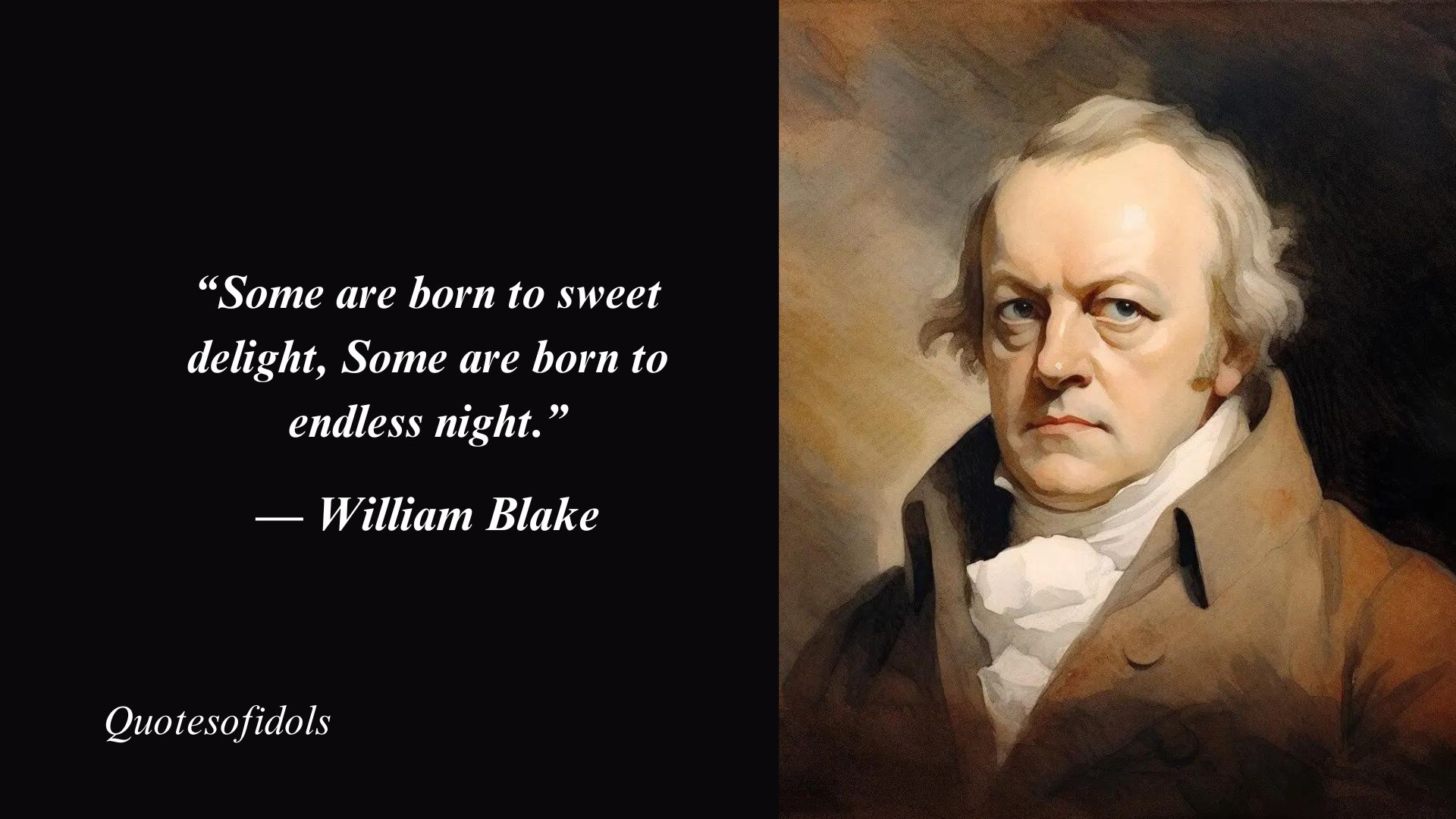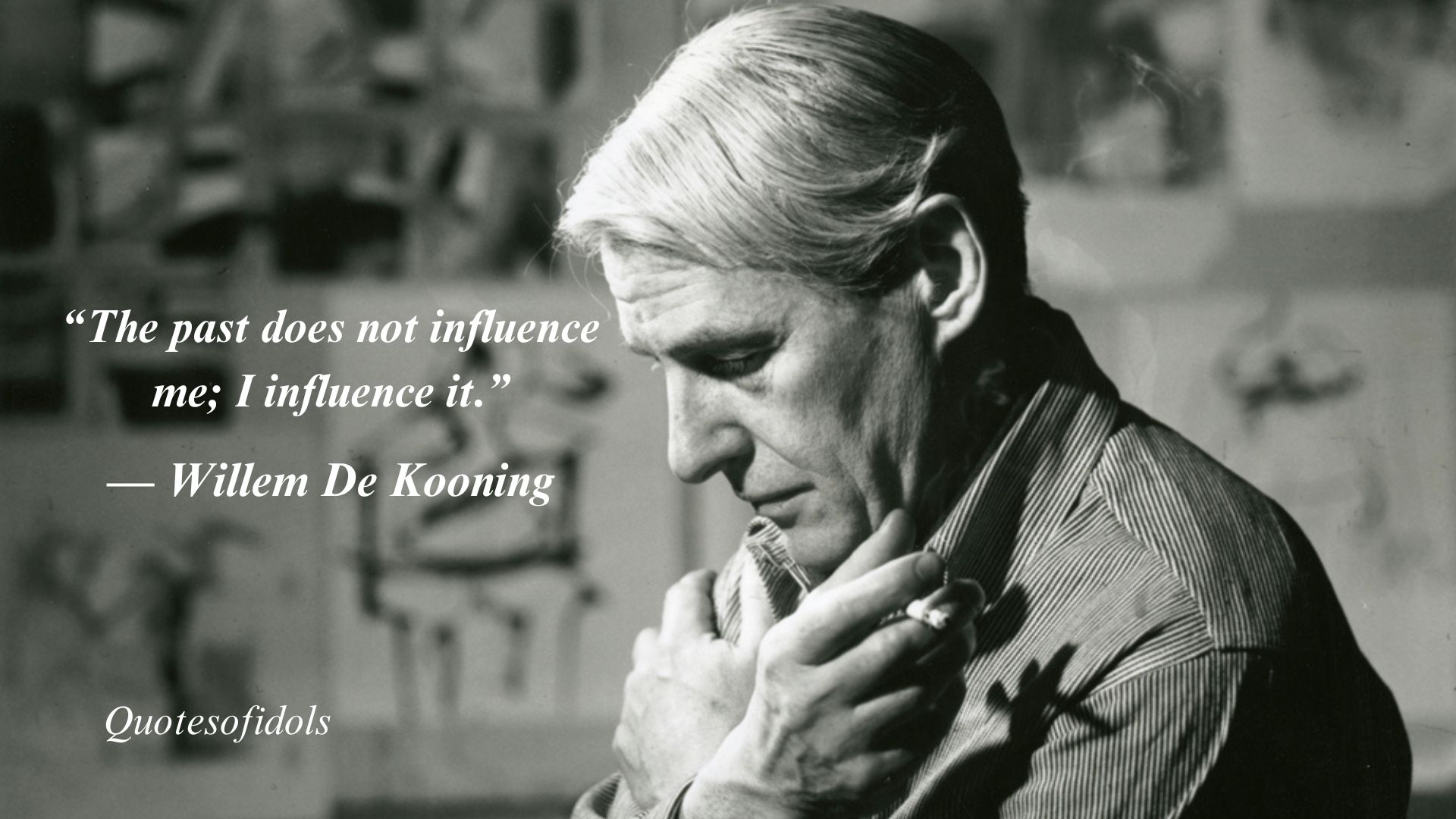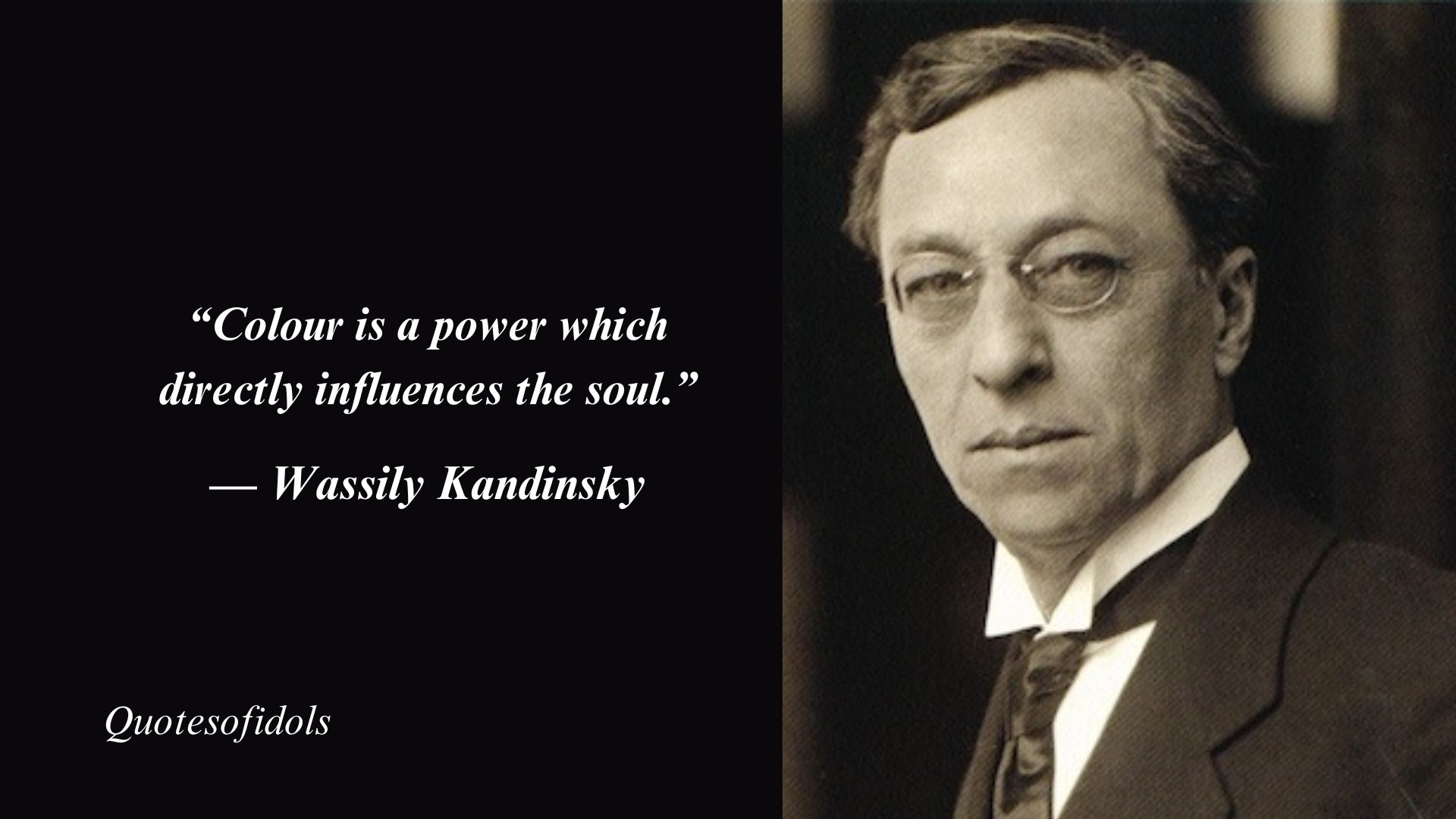Motivational quotes from Roy Lichtenstein on art and life
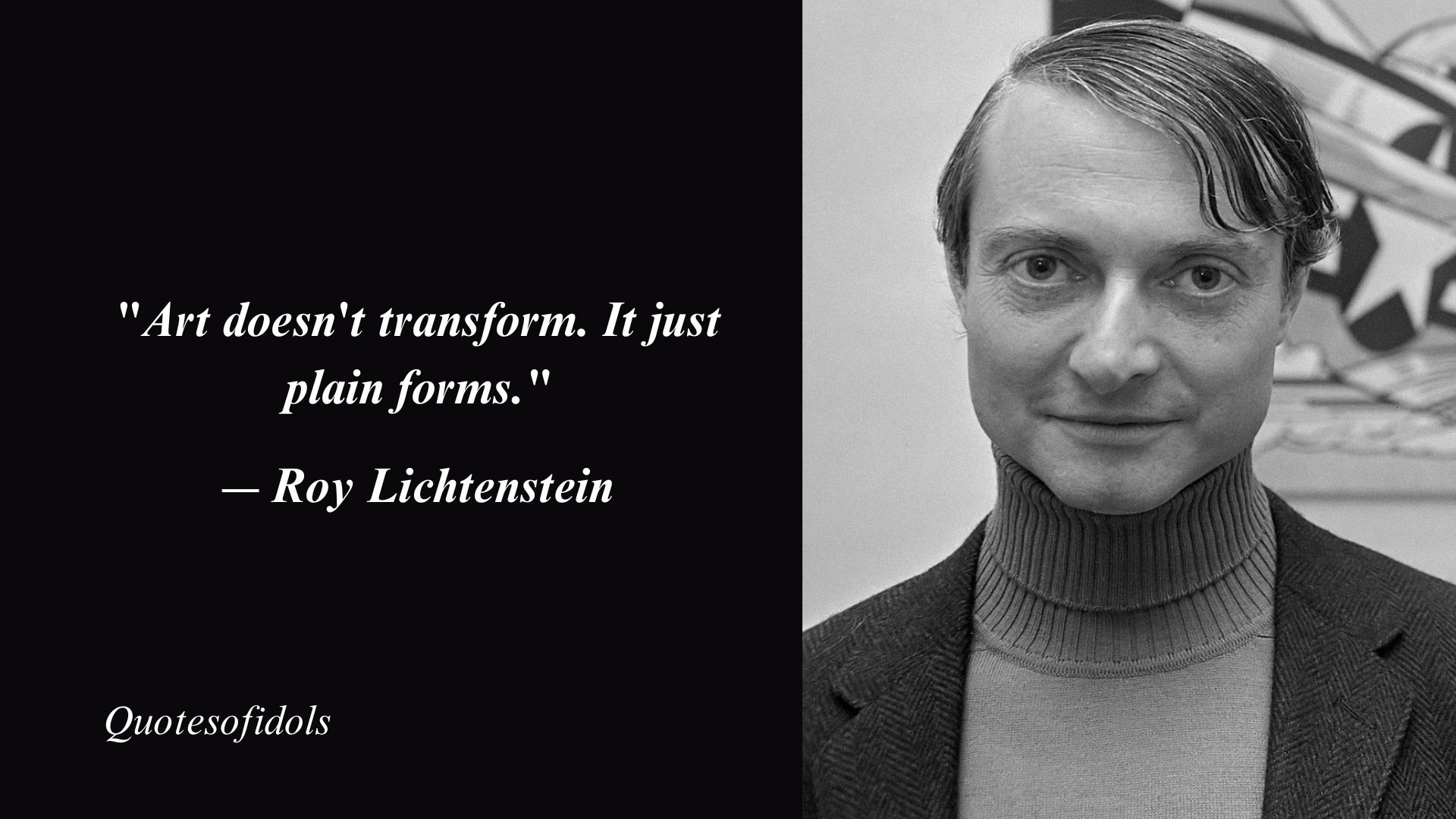
Roy Lichtenstein (1923-1997) was an American Pop artist whose comic strip-inspired masterpieces came to define the 1960s Pop Art movement. He was born in New York City and studied at Ohio State University before serving in World War II. Motivational quotes from Roy Lichtenstein on art and life. He was inspired first by Abstract Expressionism but turned to Pop Art in the early 1960s, producing unique and memorable paintings such as “Look Mickey” (1961), “Whaam!” (1963), and “Drowning Girl” (1963). His style made use of Ben-Day dots, bright hues, and thick outlines, mirroring the process of mass printing in the media and critiquing the commercialization of art. And while his work spurred argument over the pilfering of commercial art, it also earned accolades for its original take on contemporary culture. He was awarded the National Medal of Arts in 1995 and is still celebrated for his contributions to modern art.
Roy Lichtenstein Quotes
01. “My work isn’t about form. It’s about seeing. I’m excited about seeing things, and I’m interested in the way I think other people see things.”
― Roy Lichtenstein
02. “Pop Art looks out into the world. It doesn’t look like a painting of something, it looks like the thing itself.”
― Roy Lichtenstein
03. “Use the worst color you can find in each place – it usually is the best.”
― Roy Lichtenstein
04. “I like to pretend that my art has nothing to do with me.”
― Roy Lichtenstein
05. “Organized perception is what art is all about.”
― Roy Lichtenstein
06. “Outside is the world; it’s there. Pop Art looks out into the world.”
― Roy Lichtenstein
07. “There must be something about art… almost all cultures have done art. It’s a refining of the senses, which are there to keep us alive. As far as we know, no other animals do that.”
― Roy Lichtenstein
08. “All my art is in some way about other art, even if the other art is cartoons.”
― Roy Lichtenstein
09. “I’m never drawing the object itself; I’m only drawing a depiction of the object – a kind of crystallized symbol of it.”
― Roy Lichtenstein
10. “Art doesn’t transform. It just plain forms.”
― Roy Lichtenstein
11. “My use of evenly repeated dots and diagonal lines and uninflected color areas suggest that my work is right where it is, right on the canvas, definitely not a window into the world.”
― Roy Lichtenstein
12. “I’m not really sure what social message my art carries, if any. And I don’t really want it to carry one. I’m not interested in the subject matter to try to teach society anything, or to try to better our world in any way.”
― Roy Lichtenstein
13. “I’d always wanted to know the difference between a mark that was art and one that wasn’t.”
― Roy Lichtenstein
14. “Pop Art is industrial painting. I think the meaning of my work is that it is industrial, it’s what all the world will soon become. Europe will be the same way, soon, it won’t be American; it will be universal.”
― Roy Lichtenstein
15. “What interests me is to paint the kind of antisensitivity that impregnates modern civilization. I think art since Cezanne has become extremely romantic and unrealistic, feeding on art. It is Utopian. It has less and less to do with the world. It looks inward – neo-Zen and all that. Pop Art looks out into the world. It doesn’t look like a painting of something, it looks like the thing itself.”
― Roy Lichtenstein
16. “Color is crucial in painting, but it is very hard to talk about.”
― Roy Lichtenstein
17. “I don’t have big anxieties. I wish I did. I’d be much more interesting.”
― Roy Lichtenstein
18. “I take a cliche and try to organize its forms to make it monumental. The difference is often not great, but it is crucial.”
― Roy Lichtenstein
19. “People think one-point and two-point perspective is how the world actually looks, but of course, it isn’t. It’s a convention.”
― Roy Lichtenstein
20. “The things that I have apparently parodied I actually admire.” –
― Roy Lichtenstein
21. “I think that most people think painters are kind of ridiculous, you know?”
― Roy Lichtenstein
22. “I’m interested in what would normally be considered the worst aspects of commercial art. I think it’s the tension between what seems to be so rigid and cliched and the fact that art really can’t be this way.”
― Roy Lichtenstein
23. “But usually I begin things through a drawing, so a lot of things are worked out in the drawing. But even then, I still allow for and want to make changes.”
― Roy Lichtenstein
24. “The big tradition, I think, is unity. And I have that in mind; and with that, you know, you could break all the traditions- all the other so-called rules, because they are stylistic.. and most are not true. As long as the marks are related to one another, there is unity. Unity in the work itself depends on unity of the artist’s vision.”
― Roy Lichtenstein
25. “In America the biggest is the best.”
― Roy Lichtenstein
